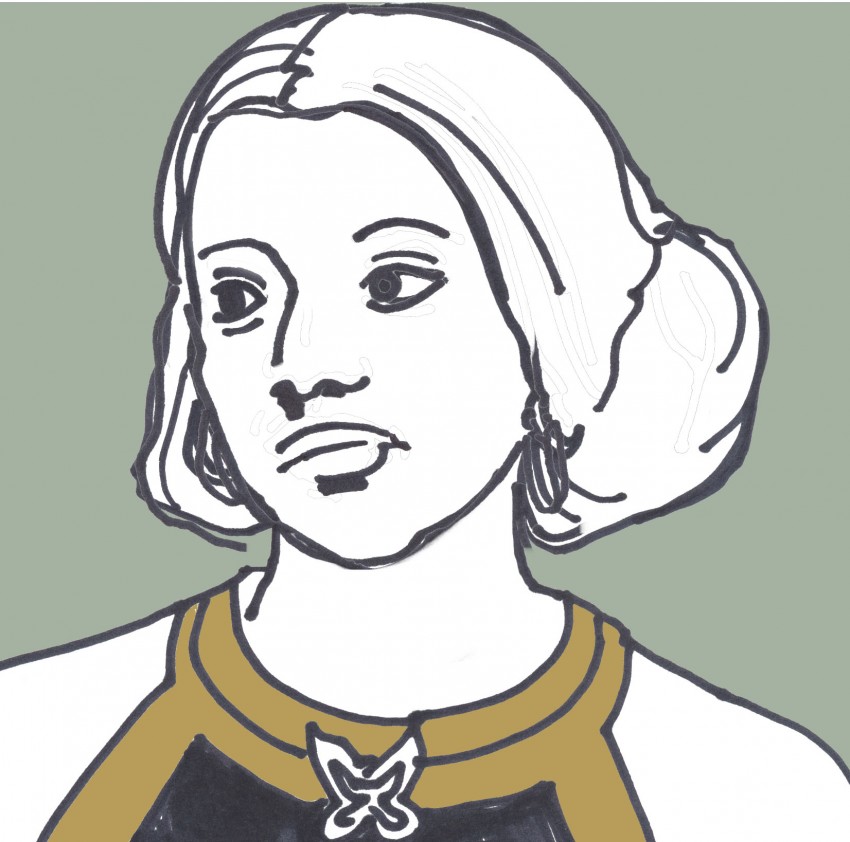“After that life in the singing dream,
I woke, and feared he felt he was the human
sleeper, and I the glittering panther
holding him down, and screaming.”—Sharon Olds, “Not Quiet Enough”, from the book Stag’s Leap, c. 2012
I bought Stag’s Leap by Sharon Olds last year because her face flickered by on my facebook news feed and I liked her face. I remembered I had a boyfriend in college who went around with books by Sharon Olds and Jorie Graham. Which is pretty interesting now that I think of it, but at the time I thought all twenty-year old men could relate to the poetry of older women with daddy issues.
Stag’s Leap is a book of poems about a divorce. But not just any divorce. The worst kind of divorce. What is the worst kind of divorce? I used to think they were all bad. But now I know a few divorced people (as opposed to children of divorced people) and I see that divorce is not bad. People wouldn’t get divorced if it were a bad choice. It looks like a very good choice, even a fantastic thing, for the married people who choose it. It’s really an act of deep acceptance. This marriage isn’t working. Let’s get divorced.
But sometimes it’s good for one partner, bad for the other. That’s what Stag’s Leap is about. The worst kind of divorce being this: after thirty years of marriage, Sharon Olds’ husband left her for another woman.
The poet found a photo of her husband’s mistress in the washing machine. She showed it to him.
SHE: Hey, honey, isn’t this a photo of that woman you work with?
HE: Yes, we went running together, she gave me the photo. It must have fallen out of the pocket. Of my shorts.
SHE: Oh.
In the photo, the other woman was wearing a bathing suit.
Stomach-ache. All over.
Here’s the arc of the book: complacency, discovery, shock, despair, fear, anger (restrained), acceptance, liberation. At last Olds sees that her husband has freed her, and himself, from a bond that was built on buried truths and undiscovered selves.
But you know what? The sex was good. Up until the day he packed his stuff up and moved across the city. The sex was good, people.
Well, he eventually marries the mistress.
Does Sharon Olds find a new guy or gal?
We don’t find out.
She is mourning the death of her young sexual self. Which left when her husband walked out. Can’t get that back.
She builds poem after poem from the same five colors and the same stack of wood by the sea. Reshaping. Retelling. Seeking. Sculpting. And it’s so deliciously good. You read the poems, you feel the pain, you cry, you keep reading, you get used to the pain, you don’t cry anymore. You keep reading, you get a little weary of the pain, you flip ahead a few pages. What happens next is . . .


yep. she goes all the way into it.
love sharon olds